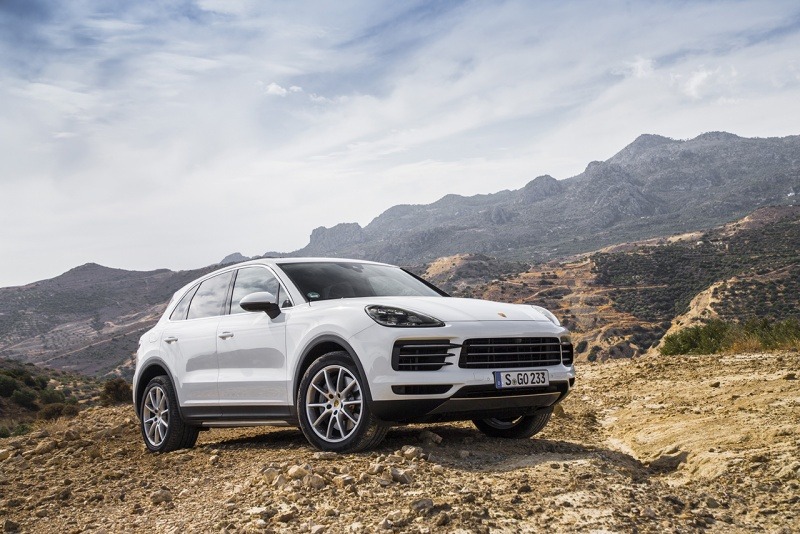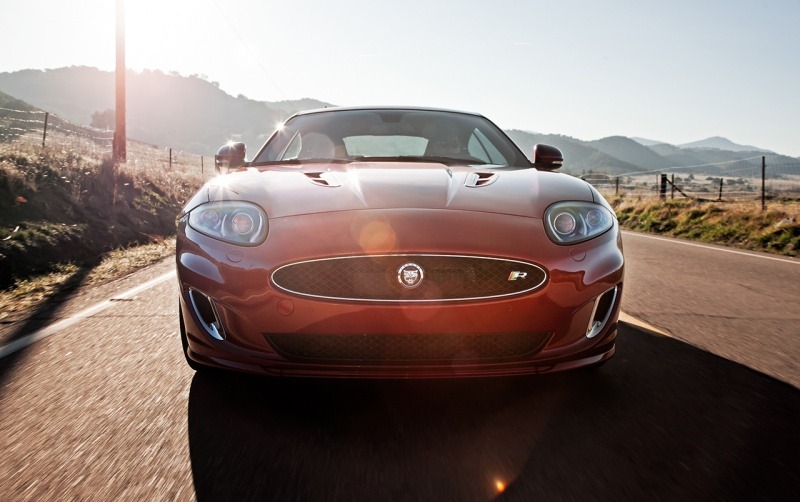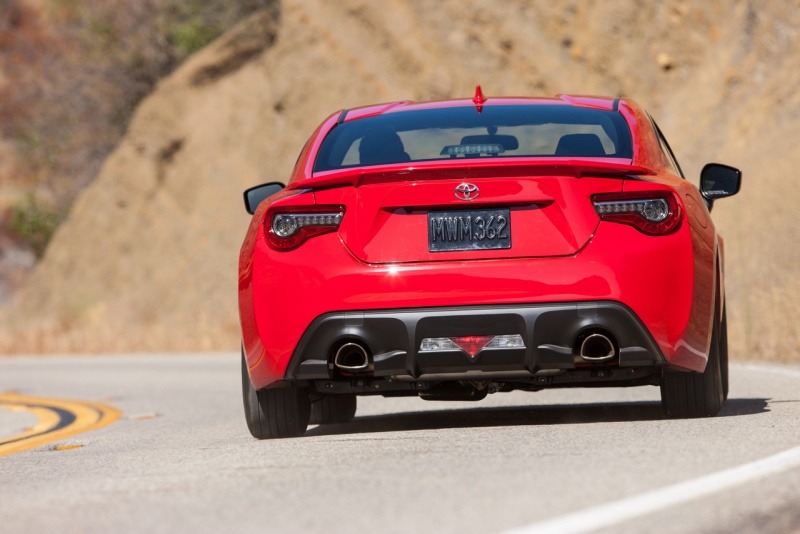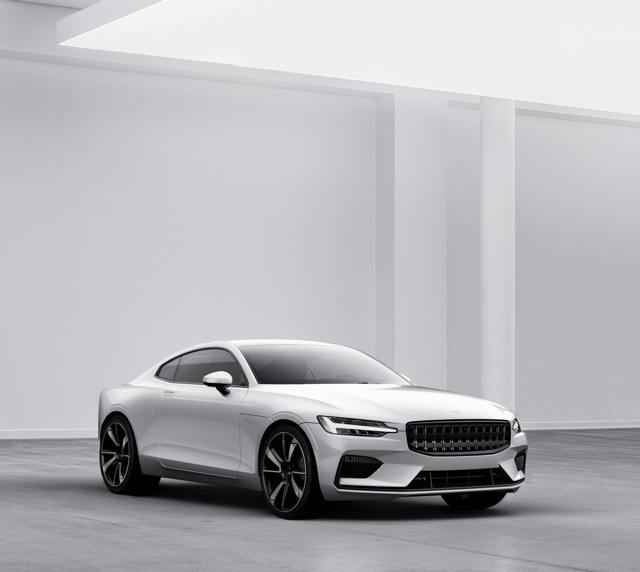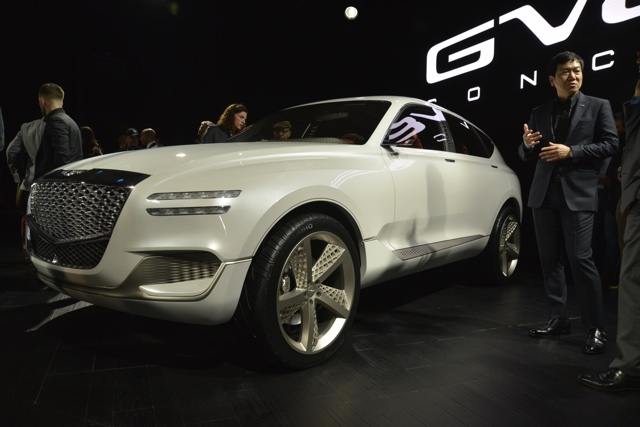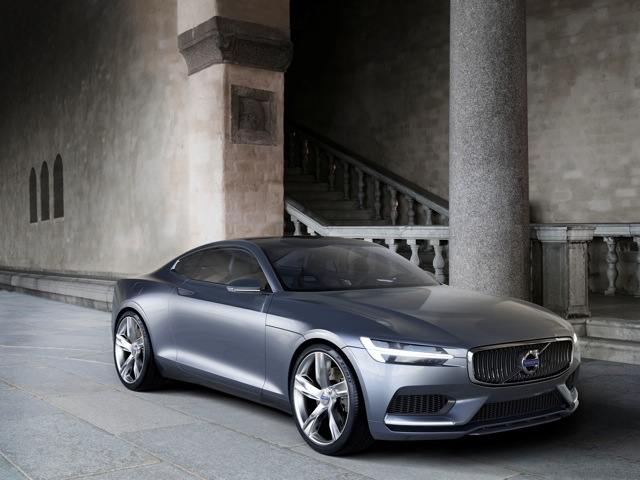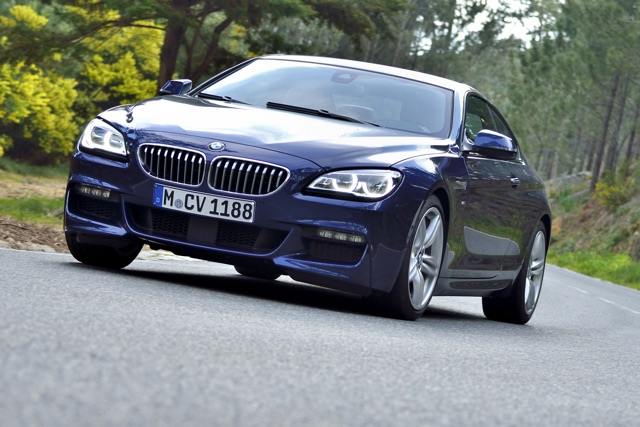Search the Community
Showing results for tags 'coupe'.
-
Porsche showed the Cayenne Coupe at an event in Stuttgart yesterday. The Cayenne Coupe is a more athletic version of the Cayenne SUV already on sale. The more steep roofline tumbles to the rear in an elegant fashion. An adaptive roof spoiler as on the Cayenne Turbo helps with aerodynamic stability...
-
Porsche showed the Cayenne Coupe at an event in Stuttgart yesterday. The Cayenne Coupe is a more athletic version of the Cayenne SUV already on sale. The more steep roofline tumbles to the rear in an elegant fashion. An adaptive roof spoiler as on the Cayenne Turbo helps with aerodynamic stability...
-
- 16 comments
-
The U.S. Patent and and Trademark Office (USPTO) sometimes provides some clues as to what automakers have possibly in the works. Case in point are a set of drawings depicting a new coupe for Cadillac. General Motors filed the patent for a “vehicle body exterior” on February 14th, 2017. The pate...
- 16 replies
-
There have been rumors for the past few years of Porsche building a coupe-like version of the Cayenne. Those rumors are coming to fruition as Autocar reports that the Cayenne Coupe has been given the green light. Porsche CEO Oliver Blume has given the go-ahead on the project which is expected t...
-

Porsche Cayenne Coupe Is Go, Expected To Arrive Next Year
William Maley posted an article in Porsche
-
While the spotlight has been on crossovers and their upcoming EV, Jaguar is still committed to building sports cars. “The F-Type has been a huge success. We love sports cars – and I use the plural quite deliberately. Whether that is delivered by a body variant or something else remains to be se...
-
- 6 comments
-
- alfa romeo
- coupe
-
(and 3 more)
Tagged with:
-
Alfa Romeo is reportedly working on Giulia-based coupe that could go on sale as early as next year. Autocar reports the new coupe will share most of the front panels found on the Giulia sedan, although a different grille is likely. The rest of the model will feature all new panels including a l...
- 6 replies
-
- alfa romeo
- coupe
-
(and 3 more)
Tagged with:
-

Please Stop Asking About A Turbocharged 86 or BRZ Says Chief Engineer
William Maley posted an article in Toyota
The Toyota 86 and Subaru BRZ coupes have earned a lot of praise agile and nimble handling. But many agree that they could use more power. The 2.0L boxer-four only produces 205 horsepower and 156 pound-feet of torque. Rumors have been swirling about possibly turbocharging the engine. But the chief en...- 3 comments
-
The Toyota 86 and Subaru BRZ coupes have earned a lot of praise agile and nimble handling. But many agree that they could use more power. The 2.0L boxer-four only produces 205 horsepower and 156 pound-feet of torque. Rumors have been swirling about possibly turbocharging the engine. But the chief en...
-

2019 Cadillac ATS To Only Be Offered As Coupe, CT6 to Drop 2.0T
William Maley posted an article in Cadillac
-
We know that Cadillac is planning to shrink down the car lineup with the ATS, CTS, and XTS being replaced by the CT5 in 2019. But there are some other changes afoot for Cadillac's car lineup for 2019 according to GM's VIN Decoder document. The Truth About Cars reports that the ATS and ATS-V Co...
-
It was just a few months ago that Volvo announced their in-house performance arm, Polestar would be spun off to become a standalone brand. It would focus on building high-performance electric vehicles, though as we reported in the rumorpile back in the summer, their first model would be a plug-in hy...
-
It was just a few months ago that Volvo announced their in-house performance arm, Polestar would be spun off to become a standalone brand. It would focus on building high-performance electric vehicles, though as we reported in the rumorpile back in the summer, their first model would be a plug-in hy...
-
For the past few years, luxury automakers have been trying to fill every single niche they could think of. It's why we have such models as the BMW 5-Series GT and Mercedes-Benz GLC-Coupe for example. But now, BMW and Mercedes-Benz admit they have too many models and are planning to cut some. “T...
- 29 replies
-
- bmw
- convertible
-
(and 5 more)
Tagged with:
-

BMW and Mercedes Admit They Have Too Many Models, Plan Cuts
William Maley posted an article in Automotive Industry
- 29 comments
-
- bmw
- convertible
-
(and 5 more)
Tagged with:
-

Rumorpile: Polestar's First Model Could Be A Plug-In Hybrid Coupe
William Maley posted an article in Volvo
- 6 comments
-
- coupe
- plug-in hybrid
-
(and 3 more)
Tagged with:
-
Almost a month ago, Volvo made the announcement that it will be spinning off Polestar into its own automaker focusing on high-performance electric vehicles. At the time, plans on products would be announced this fall. But Autocar has learned from a source about one of those projects. The first...
- 6 replies
-
- coupe
- plug-in hybrid
-
(and 3 more)
Tagged with:
-

BMW Quietly Ended Production of 6-Series Coupe, Doesn't Tell Anyone
William Maley posted an article in BMW
-
Usually, an automaker will announce they are ending production of a certain model. BMW didn't do that when it stopped production of the 6-Series coupe back in February. Road & Track got confirmation about this change from a BMW spokesperson. No reason was given as to why production of the coupe...
-
It has been about five years since a Cadillac V series model has graced either one the Cheers & Gears’ garages (if you’re wondering, that would be the 2011 CTS-V Coupe that our Managing Editor drove). It isn’t for our lack of trying. I can give you a stack of emails to the person who handles General...


.jpg.0fd67d2fe8c1f022012a20bd9c7e75ad.jpg)


